Home>Furniture>Outdoor Furniture>How To Build Sectional Patio Furniture
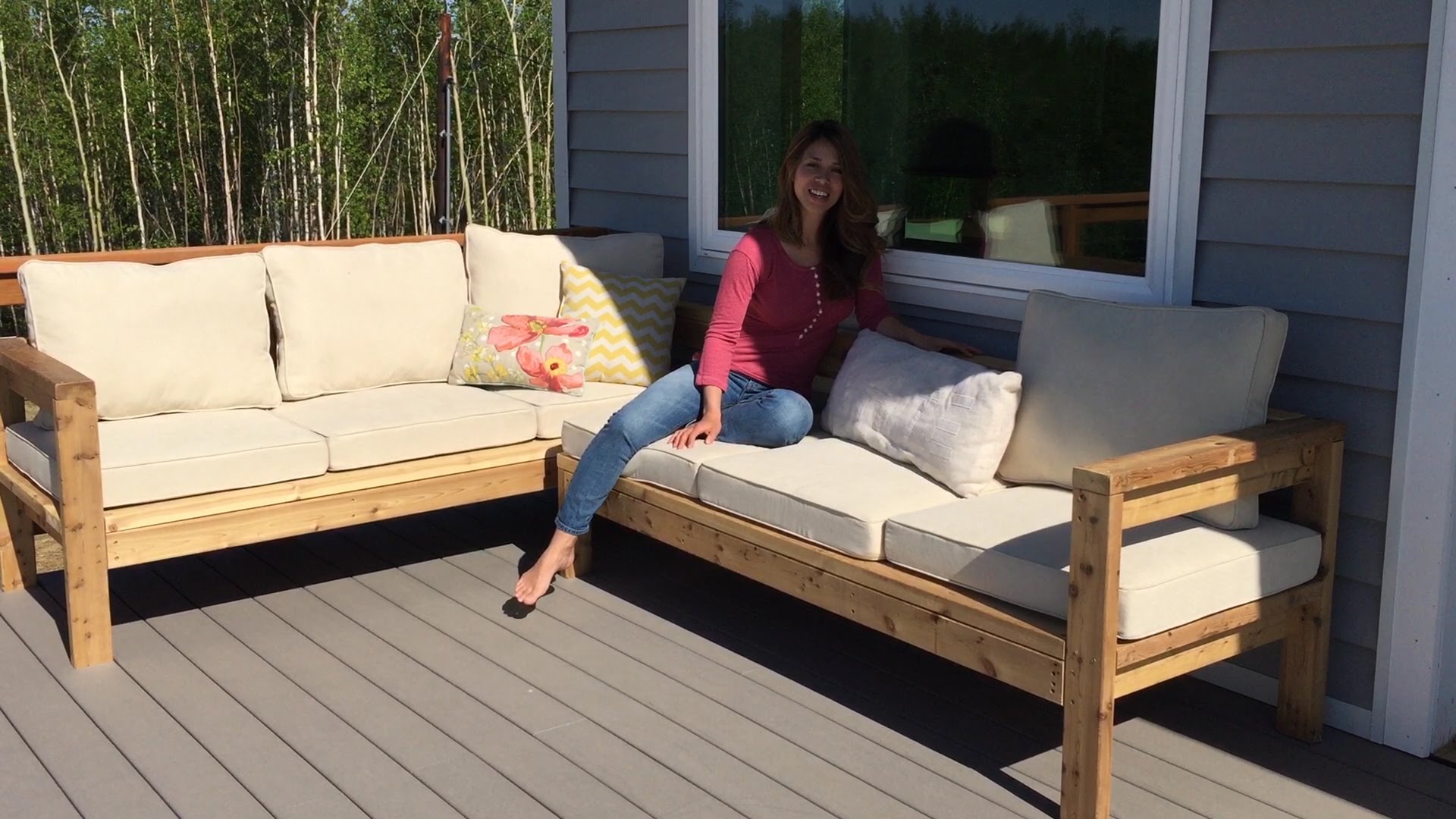

Outdoor Furniture
How To Build Sectional Patio Furniture
Modified: August 28, 2024
Discover the step-by-step guide on building your own sectional patio furniture. Create your dream outdoor oasis with our DIY tips and ideas.
(Many of the links in this article redirect to a specific reviewed product. Your purchase of these products through affiliate links helps to generate commission for Storables.com, at no extra cost. Learn more)
Introduction
Welcome to the world of outdoor living! There’s nothing quite like enjoying the fresh air and sunshine while relaxing in your own backyard. And what better way to enhance your outdoor space than by building your own sectional patio furniture? Not only will it add a personal touch to your outdoor oasis, but it will also save you money compared to buying pre-made furniture. Whether you’re an experienced DIY enthusiast or a beginner looking for a fun and rewarding project, this article will guide you through the process of building sectional patio furniture from scratch.
Before we dive into the nitty-gritty details, let’s talk about the advantages of sectional patio furniture. Sectionals offer great versatility, allowing you to rearrange and configure the seating arrangement to suit your needs. You can create an intimate conversation area or a spacious lounging space depending on your preferences. Plus, sectional furniture is often more comfortable than individual chairs, as the cushions and backrests seamlessly blend together to provide ample support.
Now that we understand the appeal of sectional patio furniture, let’s explore the steps involved in building your own. From choosing the right materials to adding the finishing touches, we’ll cover everything you need to know to create a stunning and durable outdoor seating solution.
But first, let’s talk about the importance of selecting the right materials for your project. Outdoor furniture is exposed to a wide range of weather conditions, including rain, UV rays, and temperature fluctuations. Therefore, it’s crucial to choose materials that can withstand these elements and remain sturdy and aesthetically pleasing over time. We’ll discuss this in more detail in the next section.
Key Takeaways:
- Building your own sectional patio furniture allows for customization, cost savings, and a sense of accomplishment. It provides a unique and personalized outdoor seating experience, tailored to your specific needs and preferences.
- Choosing the right materials, accurate measurements, and proper planning are crucial for a successful DIY project. Building a sturdy frame, creating comfortable cushions, and adding finishing touches result in a durable and stylish outdoor furniture piece.
Read more: How To Build Your Own Patio Furniture
Choosing the Right Materials
When it comes to building sectional patio furniture, selecting the right materials is key to ensuring its longevity and durability. Here are some factors to consider when choosing materials:
- Wood: Opting for weather-resistant woods like teak, cedar, or redwood is a wise choice for outdoor furniture. These types of wood are naturally resistant to rot and decay, making them ideal for withstanding the elements.
- Metal: Aluminum and stainless steel are popular choices for outdoor furniture due to their durability and resistance to rust and corrosion. These metals are lightweight yet sturdy, making them perfect for patio sectionals.
- Wicker and Rattan: Synthetic wicker and rattan are excellent options for creating a stylish and weather-resistant outdoor sectional. These materials are designed to mimic the look and feel of natural wicker and rattan, but with added durability and resistance to fading and moisture.
- Outdoor Fabric: When it comes to cushions and upholstery, it’s crucial to choose outdoor-grade fabric that can withstand sun exposure, moisture, and stains. Look for fabrics that are fade-resistant, water-resistant, and easy to clean. Sunbrella and Olefin are popular choices for outdoor upholstery.
In addition to considering the materials themselves, it’s important to choose hardware and fasteners that are specifically designed for outdoor use. Stainless steel or galvanized screws and bolts are resistant to corrosion, ensuring the structural integrity of your sectional patio furniture.
Remember, each material has its advantages and considerations. Wood may require regular maintenance and refinishing to maintain its appearance, while metal and synthetic materials may require occasional cleaning to remove dirt and debris. Keep these factors in mind when making your material selections.
Now that you have a better understanding of the materials available, it’s time to measure and plan for your DIY sectional patio furniture. In the next section, we’ll discuss the importance of accurate measurements and how to create a detailed plan before starting your project.
Measuring and Planning
Before you start cutting and assembling the pieces for your sectional patio furniture, it’s essential to take accurate measurements and create a detailed plan. This step will ensure that your furniture fits seamlessly into your outdoor space and allows for comfortable seating. Here are some key points to consider when measuring and planning:
- Space and Layout: Measure the area where you plan to place your sectional furniture. Take into account any existing features such as walls, fences, or pillars that might impact the layout. Determine how many sections you want to include in your furniture and how they will be arranged. This will help you determine the size and number of pieces you need to build.
- Seat Height and Depth: Consider the ergonomics of the seats. A comfortable seat height is typically around 16-18 inches from the ground, while the seat depth should be around 18-22 inches to accommodate a variety of body sizes. Take these measurements into account when designing your furniture.
- Backrest Height: The height of the backrest is another crucial factor to consider for comfortable seating. Aim for a backrest height of around 14-16 inches to provide adequate support while lounging or sitting upright.
- Armrest and Table Placement: Determine where you want to position armrests and if you plan to incorporate a side table or coffee table into your sectional design. Measure the desired height and depth of the armrests to ensure they align with the seat and backrest dimensions.
Once you have taken accurate measurements and determined the layout and dimensions of your sectional patio furniture, it’s time to create a detailed plan. Sketch out the design, indicating the dimensions of each section, the placement of armrests and tables, and any other details you want to incorporate. This plan will serve as your guide throughout the building process.
Remember, proper planning and accurate measurements are crucial for a successful DIY project. Taking the time to plan ahead will save you from costly mistakes and ensure that your sectional patio furniture fits perfectly in your outdoor space.
Now that you have your measurements and plan in hand, it’s time to move on to building the frame of your sectional furniture. In the next section, we’ll discuss the materials and steps involved in creating a sturdy and reliable frame.
Building the Frame
The frame of your sectional patio furniture serves as the foundation and support for the seat and backrest. It’s important to use sturdy materials and ensure proper construction to create a durable and stable frame. Here’s a step-by-step guide on building the frame:
- Prepare the Materials: Based on your measurements and plan, gather the necessary materials for the frame. This may include wood or metal beams, corner brackets, and screws or bolts. Make sure to cut the pieces to the correct length and shape according to your design.
- Assemble the Base: Start by creating the base of the frame. Attach the side pieces to the back and front pieces using screws or bolts. Use corner brackets for added stability. Make sure to check that the corners are square and the frame is level.
- Add Support Beams: Depending on the size and design of your sectional, it may require additional support beams in the middle. Attach these beams perpendicular to the side pieces, evenly spaced along the length of the frame. This will provide extra stability and prevent sagging.
- Secure the Joints: Double-check all the joints and connections to ensure they are secure. Use additional screws or brackets if needed. It’s important to have a solid and stable frame structure before moving on to the next step.
- Prevent Moisture Damage: If you’re using wood for the frame, consider applying a weather-resistant sealant or stain to protect it from moisture damage. This step will help prolong the lifespan of your furniture in outdoor conditions.
By following these steps, you’ll have a strong and sturdy frame ready for the seat and backrest. Remember to refer to your plan and measurements throughout the process to ensure accuracy.
Once the frame is complete, you can move on to creating the seat and backrest. In the next section, we’ll discuss the materials and steps involved in crafting comfortable cushions for your sectional patio furniture.
Creating the Seat and Backrest
Now that you have a sturdy frame for your sectional patio furniture, it’s time to focus on creating the seat and backrest. This is where the comfort factor comes into play, as well as the opportunity to showcase your personal style. Here’s how you can create the seat and backrest for your sectional:
- Cut the Seat and Backrest Materials: Measure and cut the materials for the seat and backrest according to your desired dimensions. This can be done using foam, outdoor-grade cushions, or even wooden slats.
- Opt for Comfortable Cushions: If you prefer a soft and comfortable seating surface, consider using foam or outdoor foam cushions for both the seat and backrest. Cut the foam to fit the dimensions of the frame, making sure to leave a little extra for a snug fit.
- Choose Durable Upholstery: Select a durable and weather-resistant fabric to cover the cushions. Outdoor-grade fabrics like Sunbrella are a popular choice, as they are fade-resistant, water-resistant, and easy to clean. Measure and cut the fabric, leaving enough for seam allowances.
- Attach the Upholstery: Start by attaching the fabric to the backrest. Use a staple gun to secure the fabric to the back of the frame, starting from the center and working your way outwards. Pull the fabric taut to ensure a smooth and wrinkle-free surface. Repeat the process for the seat cushion.
- Add Velcro or Ties: To keep the cushions in place, consider adding Velcro or ties to secure them to the frame. Attach one part of the Velcro or tie to the underside of the cushion and the corresponding part to the frame. This will prevent the cushions from sliding around during use.
- Consider Additional Backrest Options: If you prefer a more structured backrest, you can also use wooden slats or boards instead of foam cushions. Attach them securely to the frame, ensuring proper spacing for comfort. You can paint or finish the slats to match the overall aesthetic of your sectional.
Remember to prioritize both comfort and durability when creating the seat and backrest for your sectional patio furniture. Use high-quality materials that can withstand outdoor conditions and provide a comfortable seating experience for you and your guests.
Now that the seat and backrest are in place, it’s time to attach them to the frame. In the next section, we’ll discuss the steps involved in securely fastening the seat and backrest to the frame.
When building sectional patio furniture, make sure to use weather-resistant materials such as cedar or teak to ensure durability and longevity.
Read more: How To Build Patio Furniture Out Of Wood
Attaching the Seat and Backrest to the Frame
With the seat and backrest created, it’s time to attach them securely to the frame of your sectional patio furniture. This step ensures stability and prevents any movement or slippage during use. Here’s how you can attach the seat and backrest to the frame:
- Position the Seat: Place the seat cushion or wooden slats onto the frame, ensuring it is positioned correctly and aligned with the frame’s edges.
- Secure the Seat: Using screws or bolts, attach the seat to the frame. Drill pilot holes beforehand to prevent the wood from splitting. Place screws or bolts through the underside of the frame, securing the seat in place. Make sure to space them evenly for proper support.
- Attach the Backrest: Once the seat is securely attached, position the backrest onto the frame, aligning it with the seat and ensuring the desired recline angle. Use screws or bolts to attach the backrest to the frame, following the same process as with the seat. As with the seat, drill pilot holes to avoid splitting the wood.
- Check for Stability: After attaching both the seat and backrest, check for stability. Sit on the furniture and apply pressure to ensure it feels secure and doesn’t wobble or shift. Make any necessary adjustments or reinforcement if needed.
- Consider Reinforcement: Depending on the size and weight of your sectional patio furniture, you may want to reinforce the connection between the seat, backrest, and frame. This can be done using brackets, corner braces, or additional screws or bolts for added stability and peace of mind.
By properly attaching the seat and backrest to the frame, you ensure a sturdy and reliable sectional patio furniture piece that will withstand regular use and outdoor conditions.
With the seating area secured, it’s time to add the finishing touches to your sectional patio furniture. In the next section, we’ll discuss how to incorporate armrests and legs for added comfort and functionality.
Adding Armrests and Legs
Now that the seat and backrest are securely attached to the frame, it’s time to add the final touches to your sectional patio furniture. Adding armrests and legs not only provides additional comfort but also enhances the aesthetic appeal. Here’s how you can incorporate armrests and legs:
- Choose the Armrest Design: Decide on the design and style of the armrests that complement your sectional. They can be simple wooden extensions of the frame or more elaborate structures built separately and attached to the frame.
- Measure and Cut the Armrest Materials: Based on your design, measure and cut the armrest materials to the desired dimensions. You can use the same material as the frame or opt for a different material to add contrast and visual interest.
- Attach the Armrests: Using screws or bolts, attach the armrests to the sides of the frame. Ensure they are securely fastened and aligned with the seat and backrest for a cohesive look.
- Consider Armrest Upholstery: For added comfort, you can choose to upholster the armrests with the same or coordinating fabric used for the seat and backrest. Attach the fabric using a staple gun, making sure it is pulled taut and free from wrinkles.
- Add Legs: If desired, you can incorporate legs into your sectional patio furniture for added stability and elevation. These can be wooden or metal legs that elevate the furniture slightly off the ground. Attach the legs securely to the frame using screws or brackets.
- Test for Stability: Once the armrests and legs are in place, test the stability of your sectional patio furniture. Sit on the seat, lean against the backrest, and apply pressure to the armrests. Ensure everything feels solid and secure.
By adding armrests and legs, you not only enhance the functionality and comfort of your sectional patio furniture but also give it a complete and polished look. Take your time in choosing the design and materials for these components to ensure they complement the overall style of your outdoor space.
With the armrests and legs in place, it’s time to put the finishing touches on your DIY sectional patio furniture. In the next section, we’ll cover the importance of sanding and finishing for a professional-looking result.
Sanding and Finishing
As you near the completion of your sectional patio furniture project, it’s important to pay attention to the final details to achieve a professional and polished result. Sanding and finishing are crucial steps that not only enhance the aesthetics but also protect the wood and ensure durability. Here’s what you need to know:
- Sanding: Start by sanding the entire surface of your sectional furniture using medium-grit sandpaper. Sanding helps to smooth out any rough edges, splinters, or imperfections in the wood. Pay extra attention to areas where the frame, armrests, and legs are attached to ensure a seamless transition between the different components.
- Apply Wood Filler: If there are any noticeable gaps, holes, or cracks in the wood, use wood filler to fill them in. After applying the wood filler, smooth it out using a putty knife or sandpaper. Allow the filler to dry completely before proceeding.
- Finishing: Once the surface is smooth and free from imperfections, it’s time to apply a protective finish. You have several options, including stain, paint, or sealant. If you want to preserve the natural look of the wood, consider using a clear sealant or outdoor wood oil. If you prefer to add color or match your outdoor decor, choose an exterior-grade paint or stain that complements your style.
- Apply the Finish: Follow the manufacturer’s instructions to apply the chosen finish. Use a brush, roller, or spray to ensure even coverage. Apply multiple coats if necessary, allowing each coat to dry completely before applying the next. This will provide a protective barrier against moisture, UV rays, and other outdoor elements.
- Sand Between Coats: For an extra smooth and professional finish, lightly sand the surface between each coat of finish using fine-grit sandpaper. This helps to remove any brushstrokes or imperfections and allows for better adhesion of subsequent coats.
- Final Touches: Once you are satisfied with the finish, give your sectional patio furniture a final inspection. Look for any areas that may need touch-ups or additional coats of finish. Use a clean cloth to wipe away any dust or debris that may have accumulated during the finishing process.
By taking the time to sand and finish your sectional patio furniture, you not only enhance its appearance but also protect it from the outdoor elements. The right finish can help to prolong the lifespan of your furniture and ensure its durability over time.
With the sanding and finishing complete, your DIY sectional patio furniture is ready to be enjoyed in your outdoor haven. In the next section, we’ll recap the key points and discuss the benefits of building your own outdoor seating.
Conclusion
Congratulations! You have successfully built your own sectional patio furniture from scratch. By following the steps outlined in this guide, you have created a beautiful and functional seating solution for your outdoor space. Building your own furniture not only allows you to customize the design and size but also gives you a sense of pride and accomplishment.
Throughout the process, we discussed the importance of choosing the right materials, taking accurate measurements, and planning your project. Building a sturdy frame, creating comfortable seat and backrest cushions, and attaching them securely were key steps in constructing your sectional furniture. Adding armrests and legs provided the finishing touches, and sanding and finishing ensured a professional and durable result.
By building your own sectional patio furniture, you have the opportunity to tailor it to your specific needs and preferences. You can choose the materials, colors, and design that match your outdoor aesthetic. Not only does it save you money compared to buying pre-made furniture, but it also allows for a unique and personalized outdoor living experience.
As you enjoy your new sectional patio furniture, remember to properly maintain and care for it. Regular cleaning, applying additional coats of finish when needed, and storing it appropriately during harsh weather conditions will help prolong its lifespan and keep it looking its best.
Now it’s time to invite friends and family to enjoy your outdoor space. Whether it’s lounging in the sun, hosting barbecues, or cozying up with a good book, your DIY sectional patio furniture will provide comfort and style for many seasons to come.
Happy building and happy outdoor living!
Frequently Asked Questions about How To Build Sectional Patio Furniture
Was this page helpful?
At Storables.com, we guarantee accurate and reliable information. Our content, validated by Expert Board Contributors, is crafted following stringent Editorial Policies. We're committed to providing you with well-researched, expert-backed insights for all your informational needs.
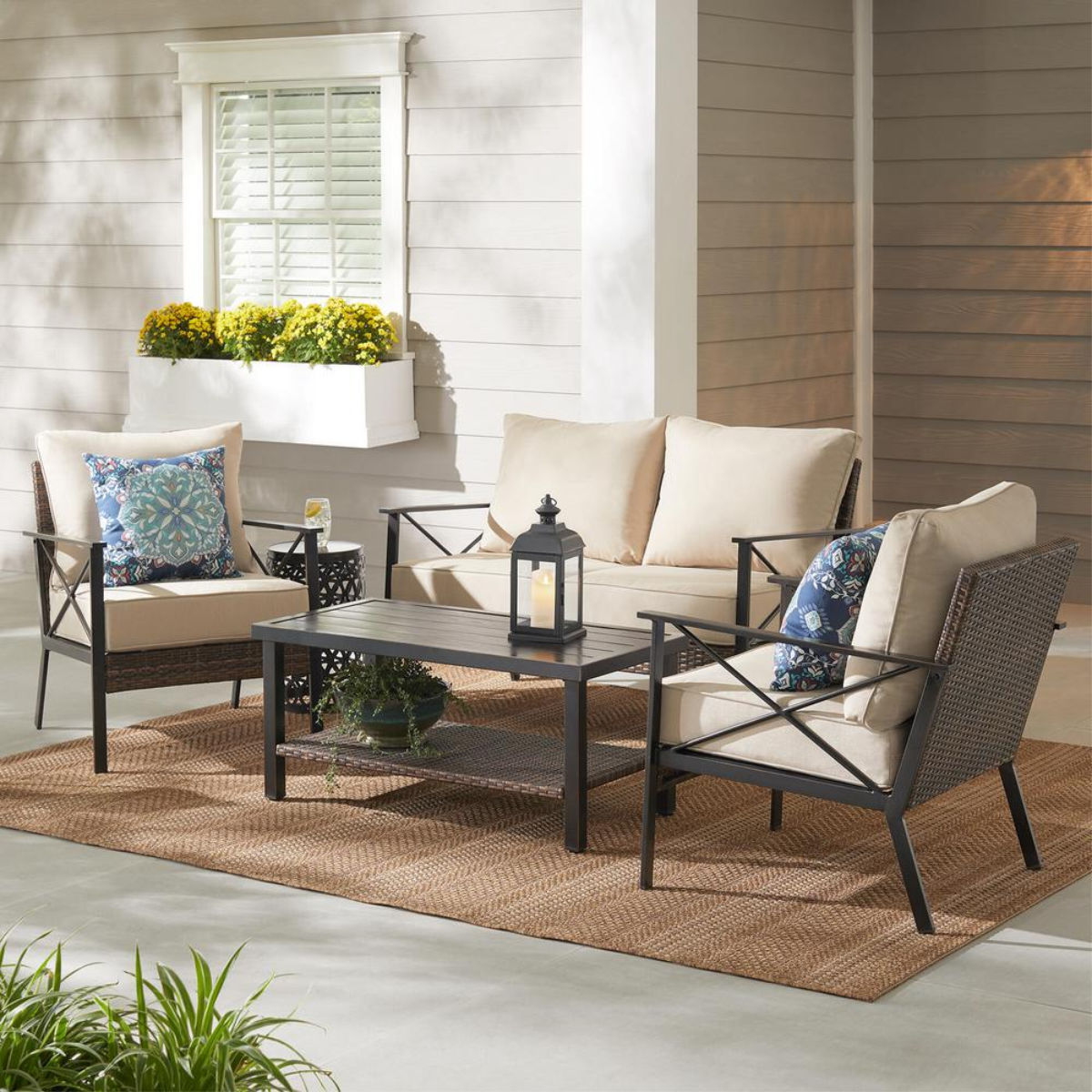
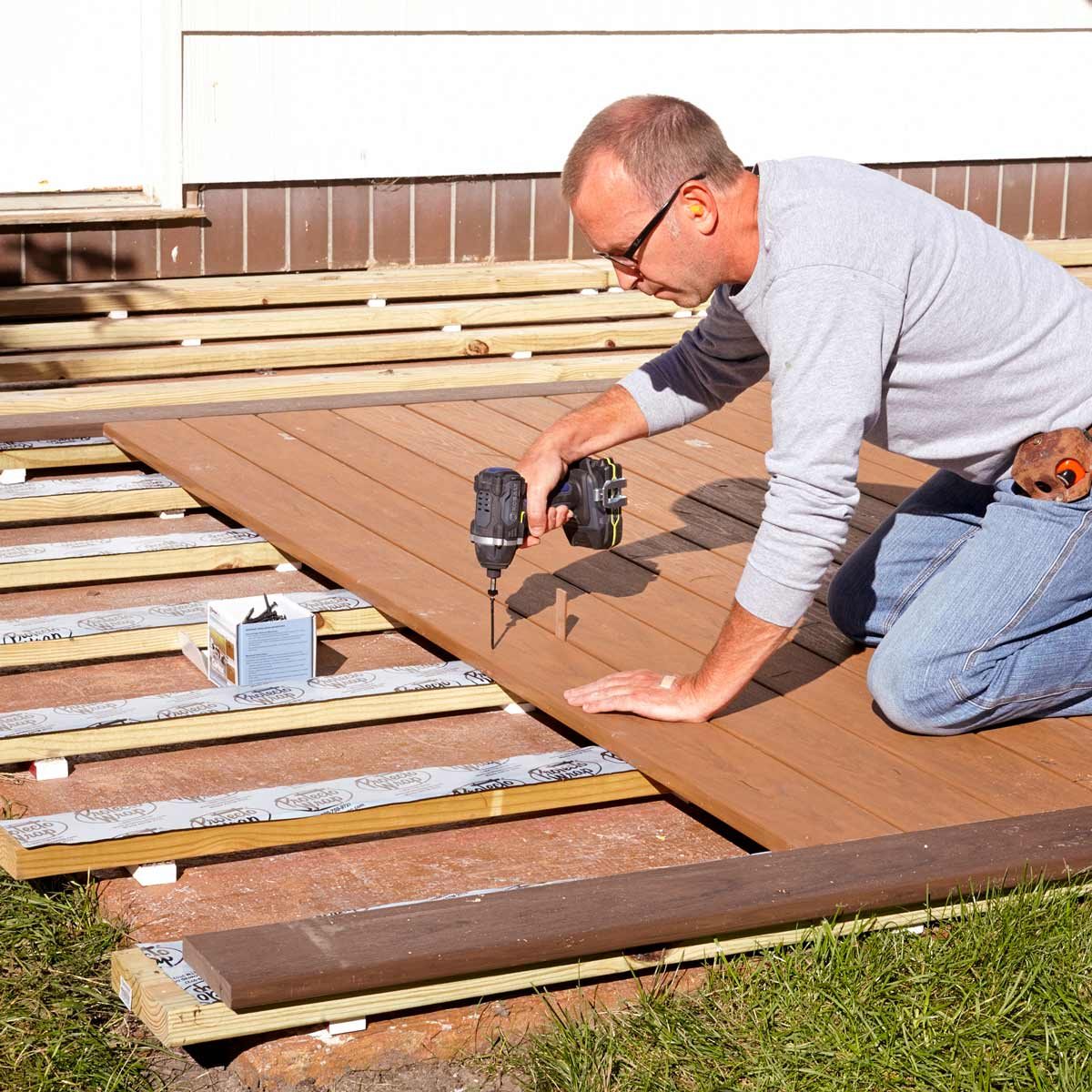
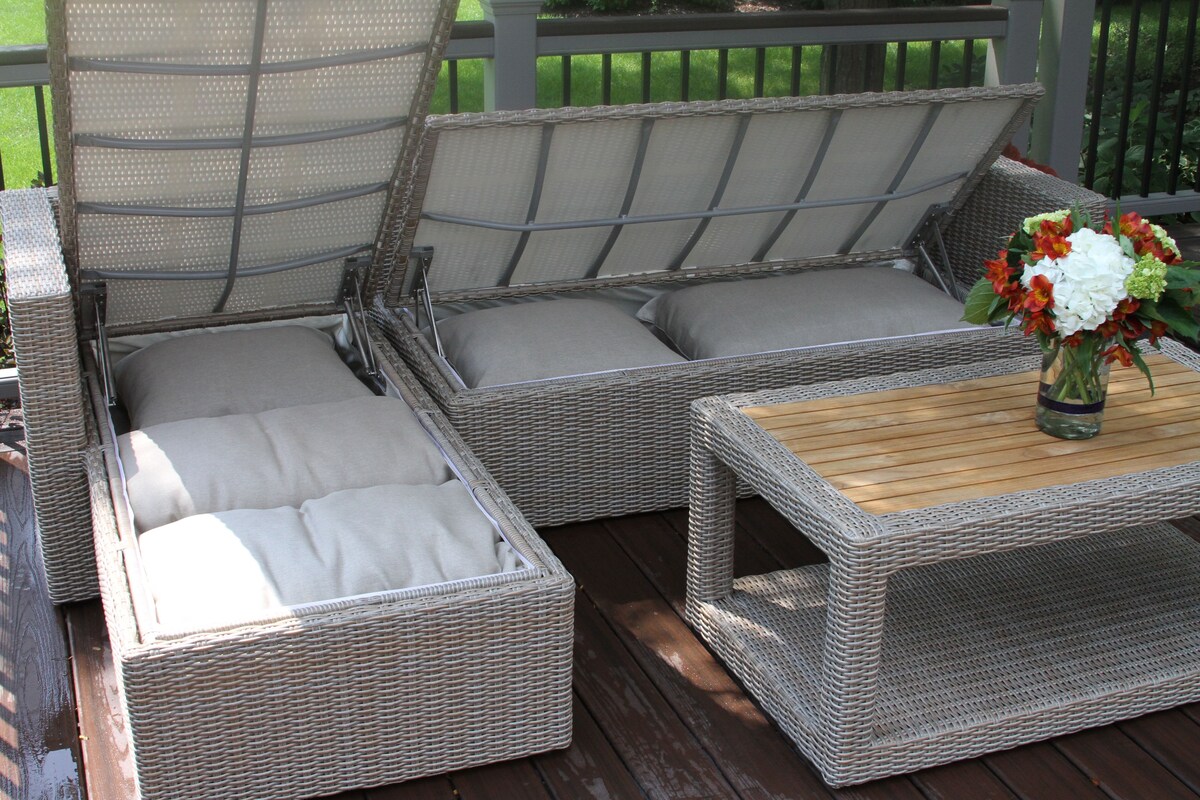
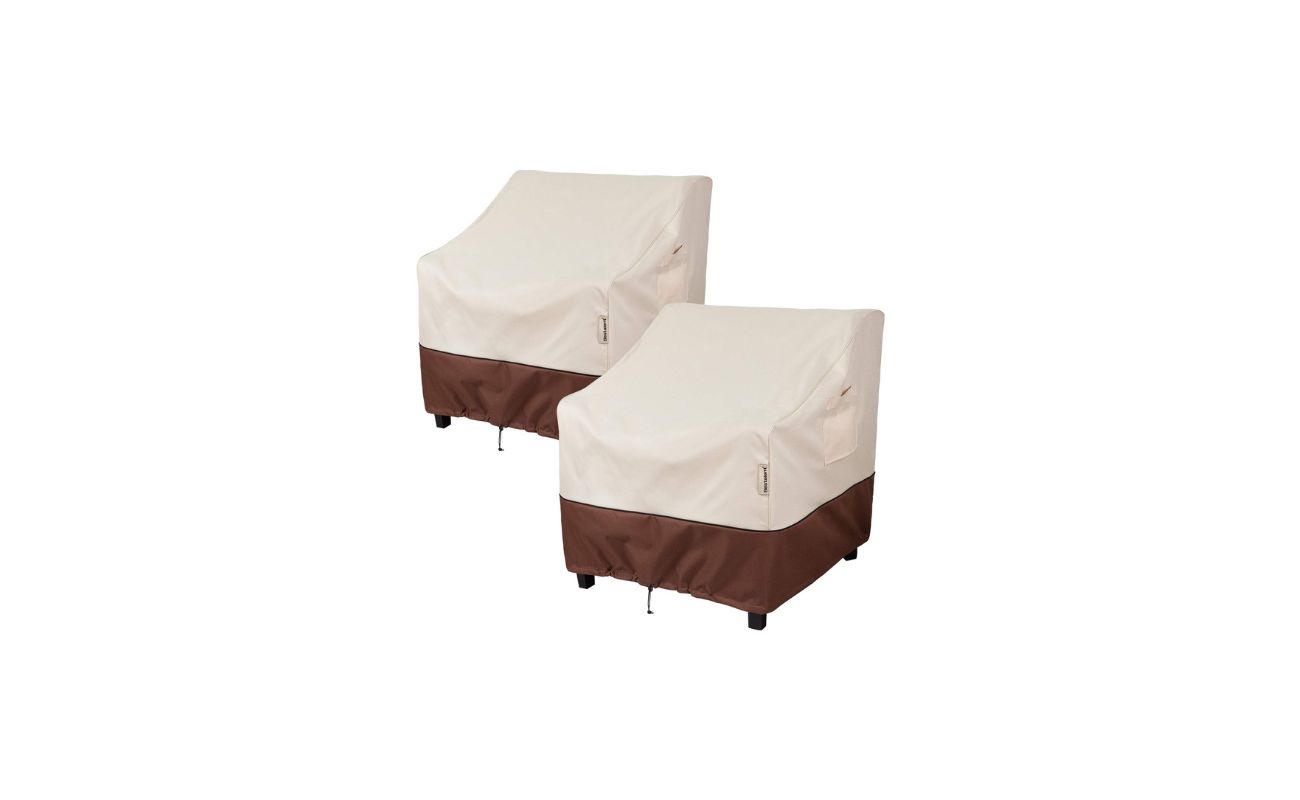
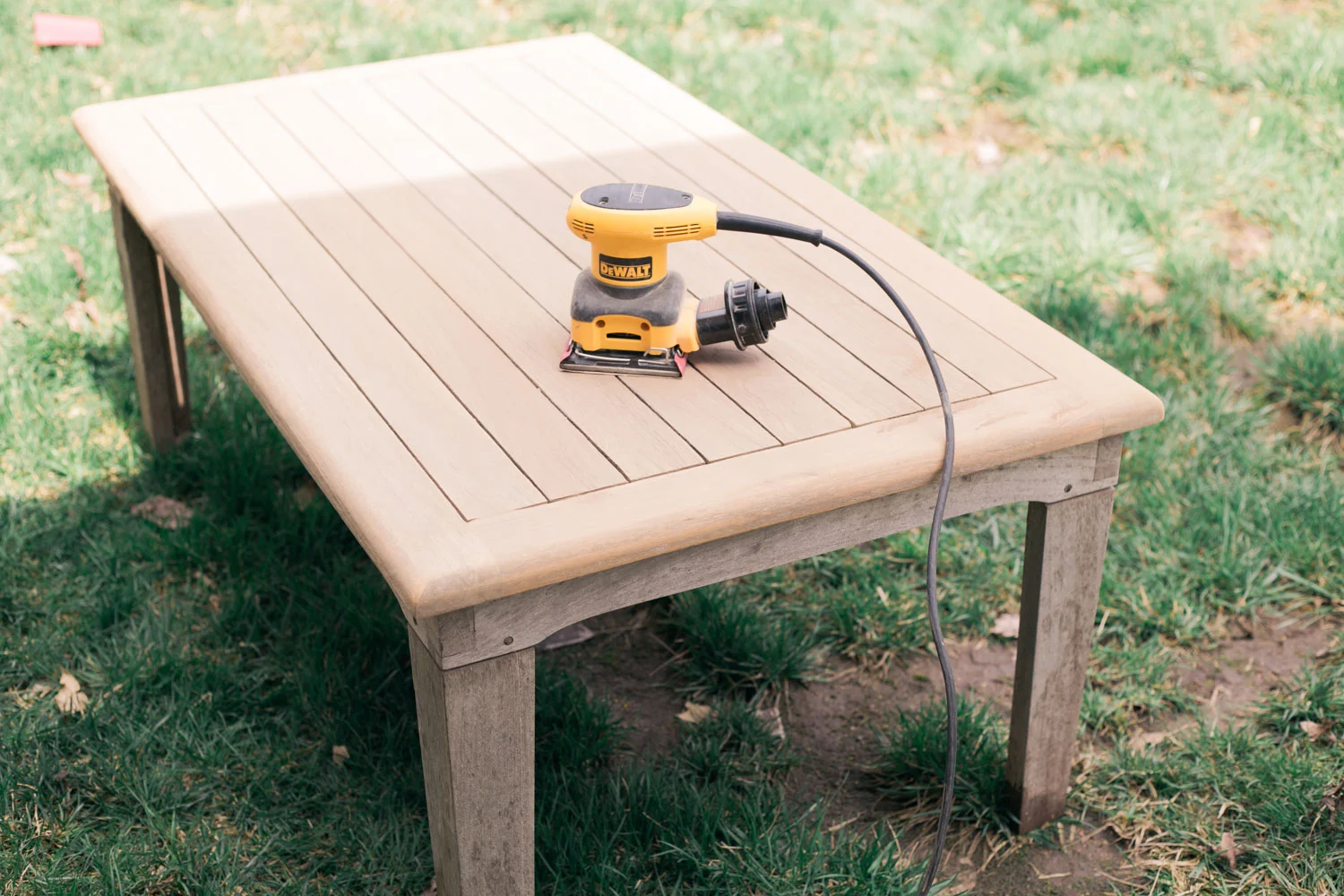
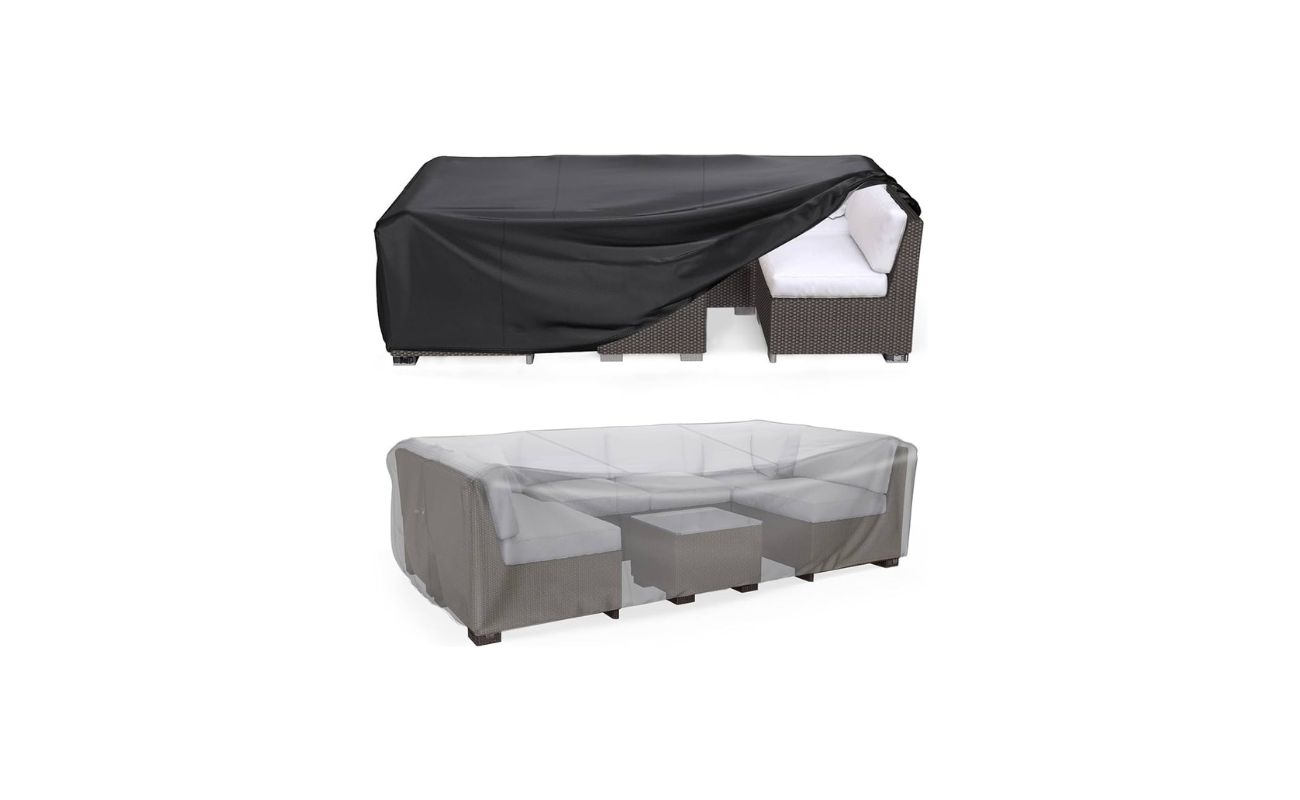
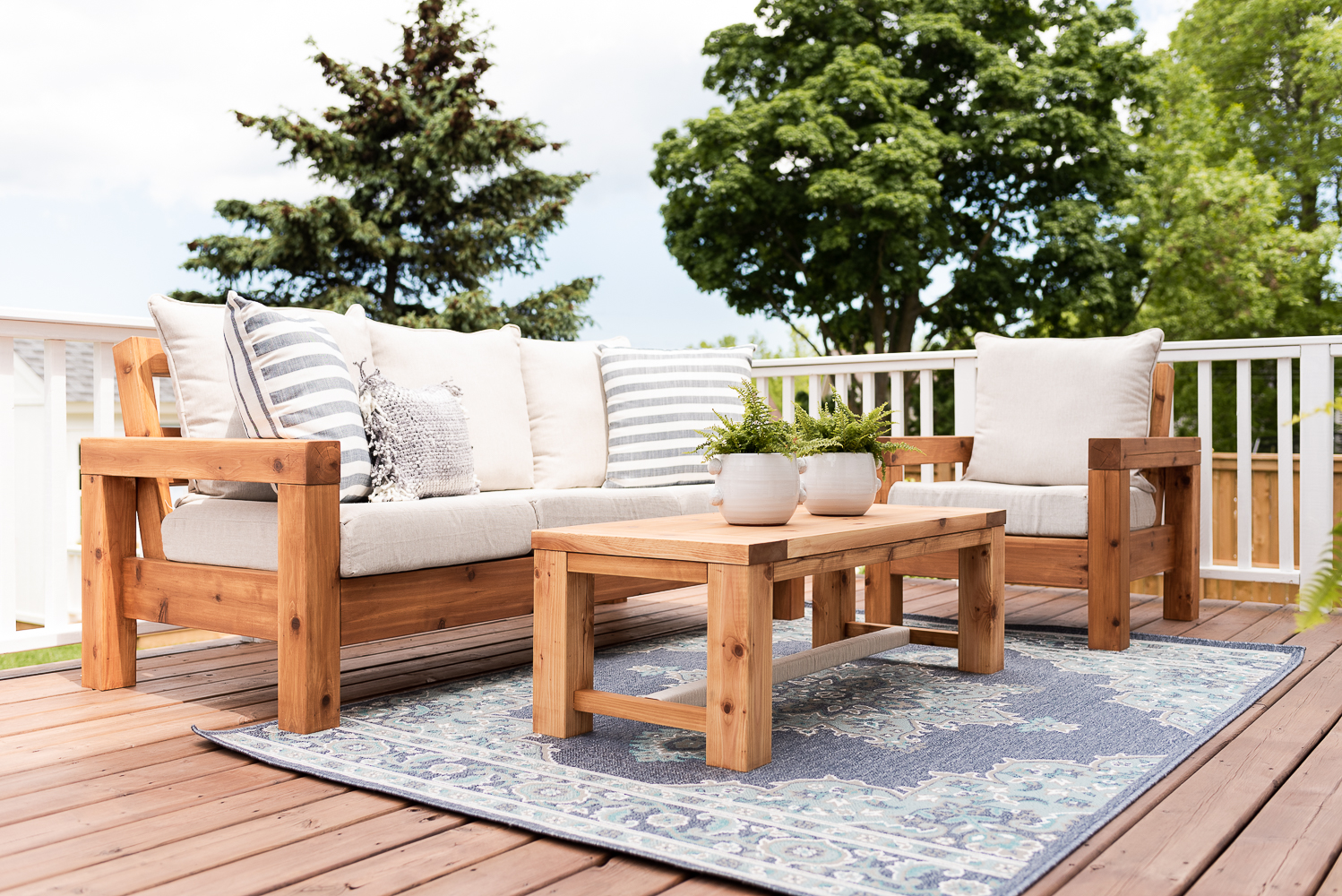

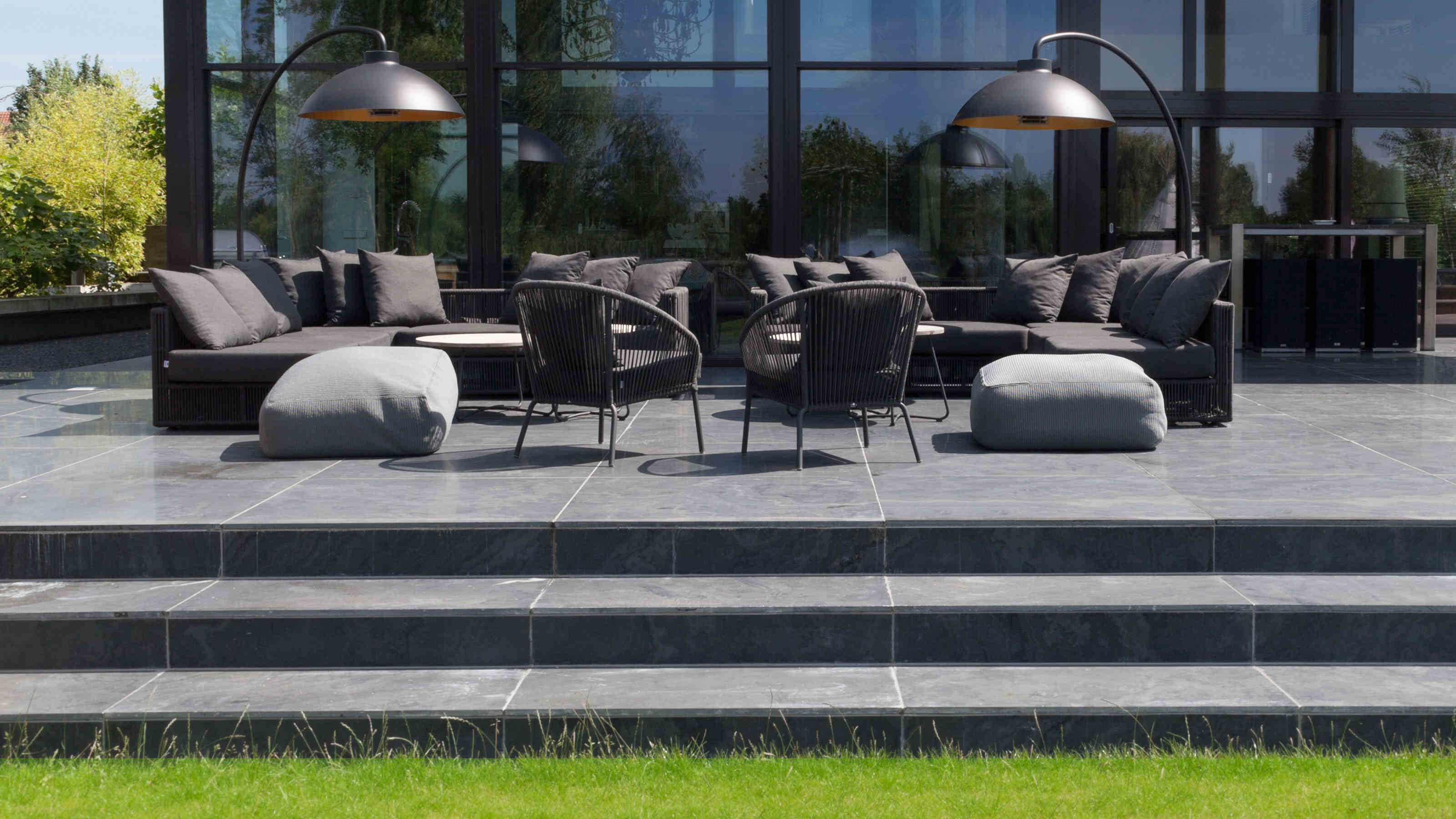
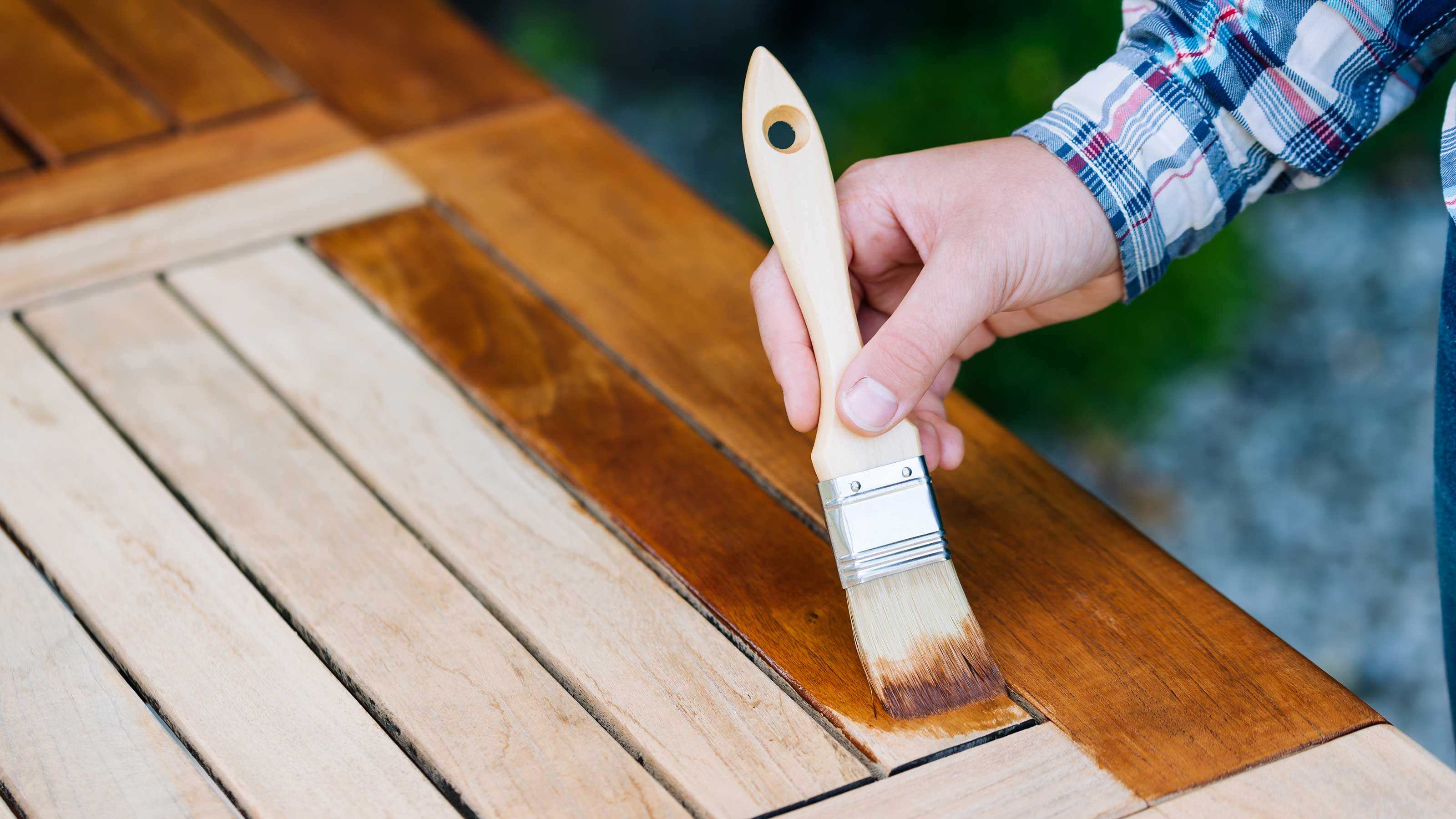
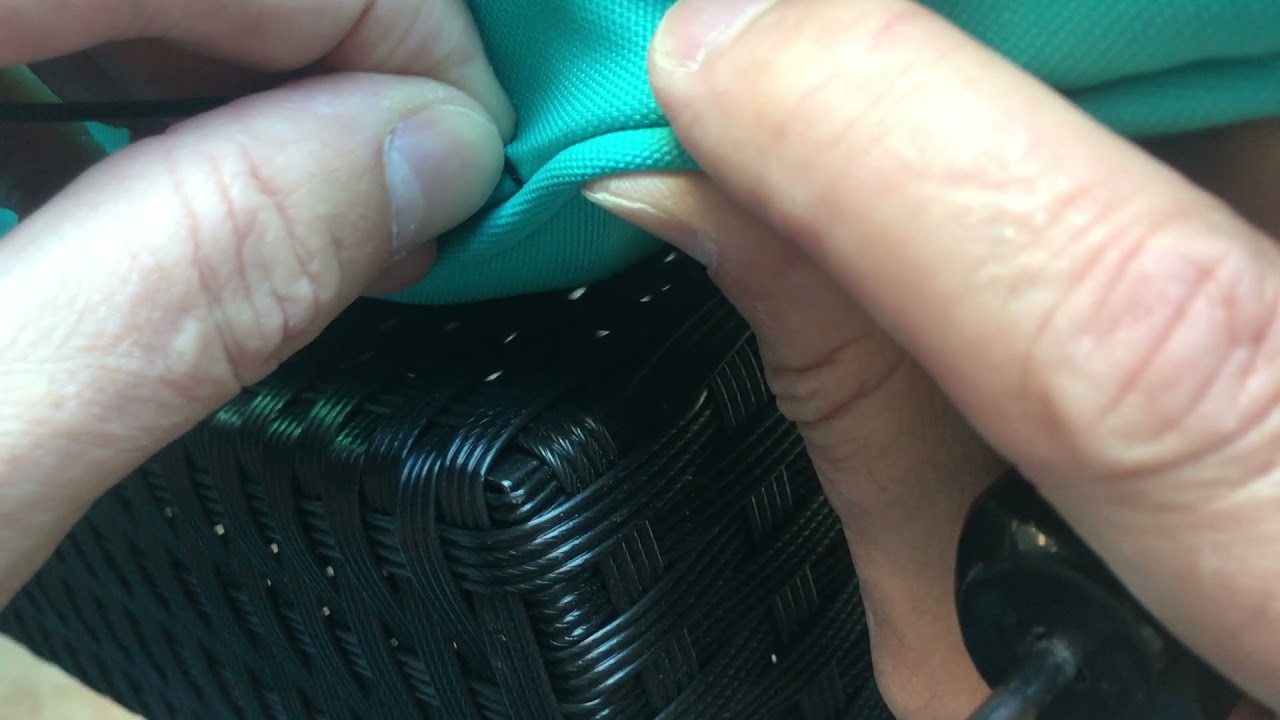
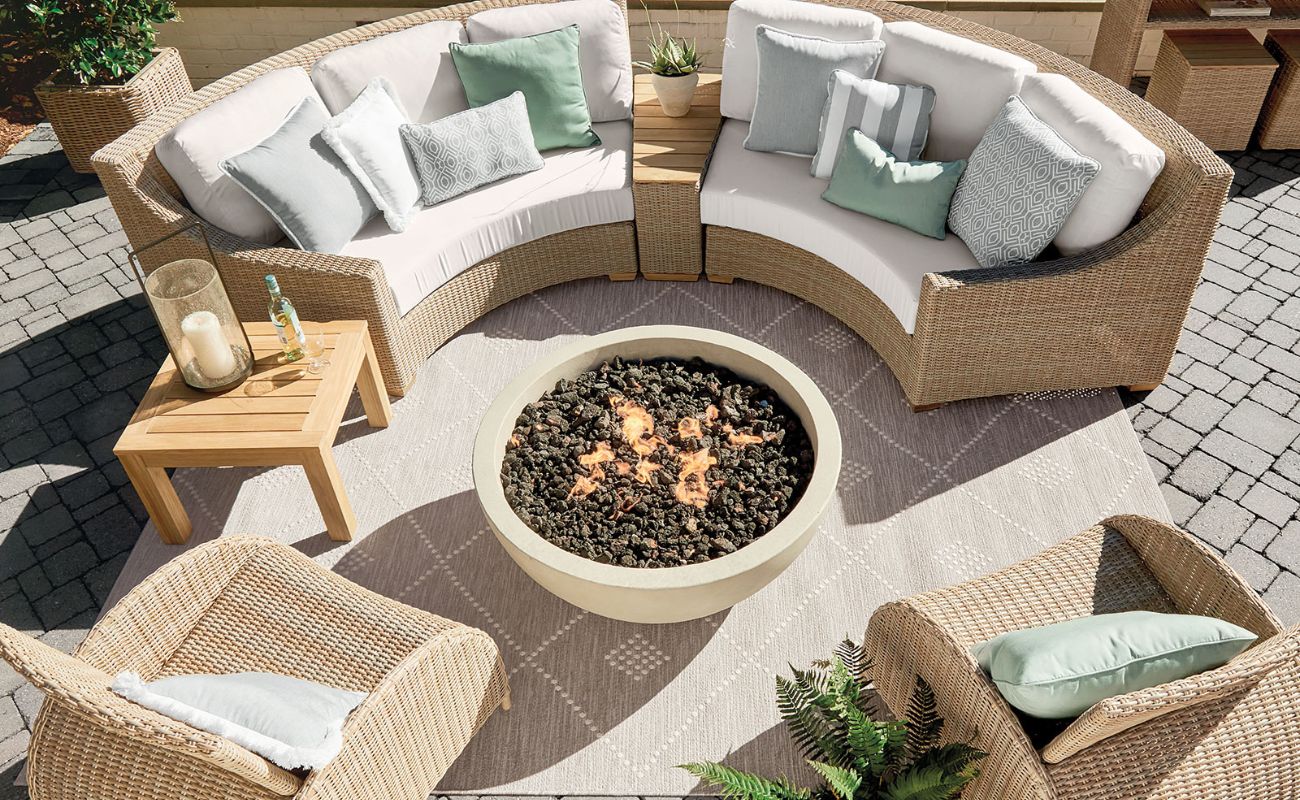
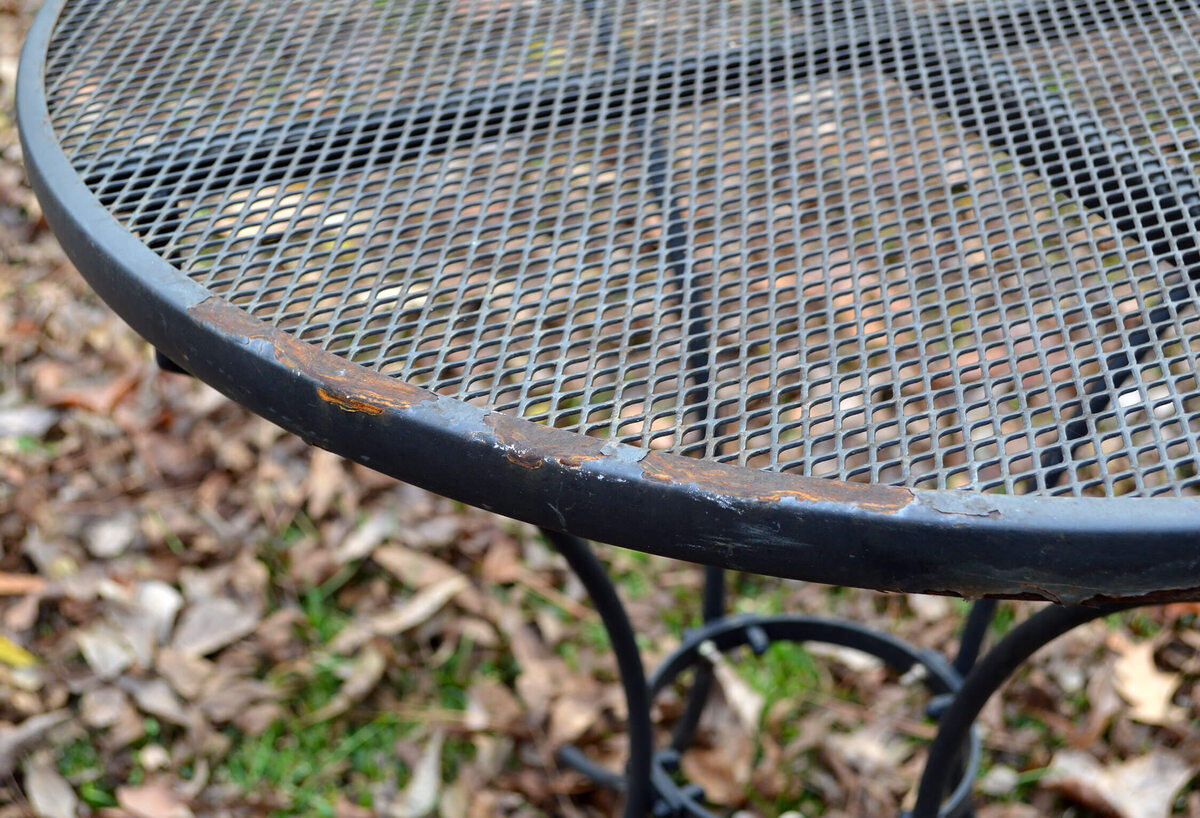
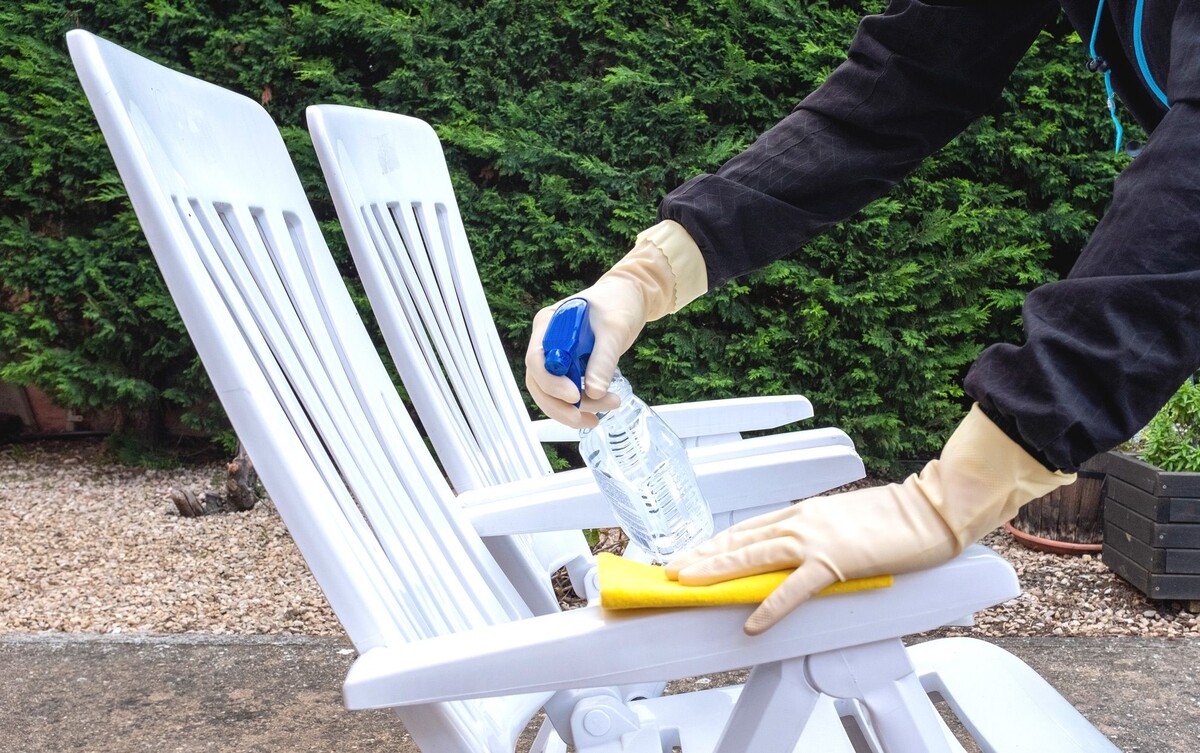

0 thoughts on “How To Build Sectional Patio Furniture”